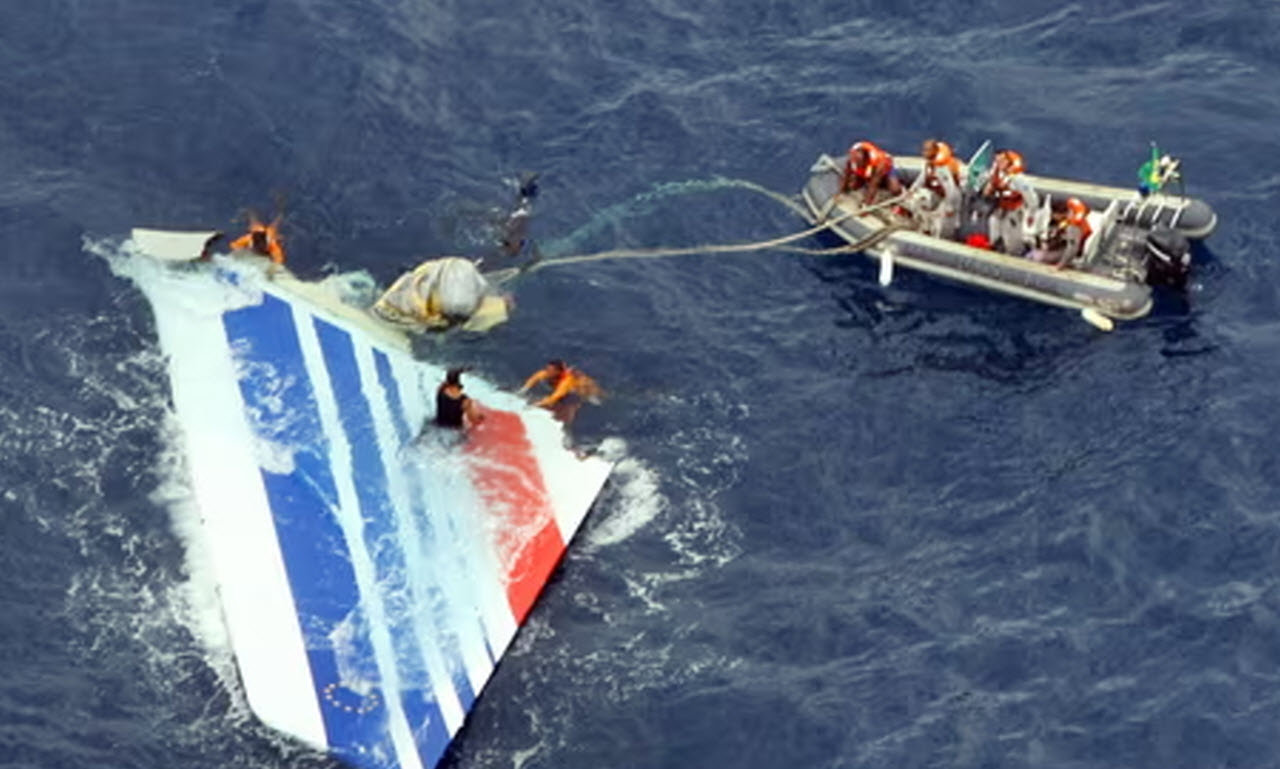We know that flying is one of the most convenient ways to get from one place to another, but it is not without potential problems. On rare occasions, we hear about plane crashes that kill multiple people, and it can really make us fearful of getting on a plane.
One of those accidents occurred in 2009 when Air France Flight 447 crashed into the Atlantic Ocean. It was on a flight from Rio de Janeiro to Paris with 288 people on board.

The Airbus 330 had 288 passengers, including five Brits and two Americans. There was a 58-year-old Captain, Marc Dubois, and two junior copilots, 32-year-old Pierre-Cedric Bonin and 37-year-old David Robert, all of whom perished in the crash and went to the bottom of the sea.
It took some two years for the flight to be raised from the seabed and they were able to retrieve the recording box that captured the final conversation between the pilot and copilots. There was also something else that was discovered, and that’s the fact that the pilot was at the controls and the two copilots were sleeping when the difficulty started.
When one of the copilots, Robert, came to assist, the captain said: “I don’t have control of the airplane anymore now. I don’t have control of the airplane at all!”
There was an error in the airspeed readings and Bonin started to pull up on the nose of the plane instead of tilting downward after it stalled. Robert shouted: “Controls to the left” and then took control.
Since both of the copilots were trying to control the plane at the same time, an audible ‘dual input’ error was given. Alarms are sounding and you could hear the pilot asking, “Er what are you [doing]?”

Robert started shouting “climb, climb, climb, climb.” But he was told by Bonin, “But I’ve been at maximum nose-up for a while!”
Suddenly, Dubois realized the error and started screaming: “No no no, don’t climb! No No No!” He then shouted: “We’re going to crash! This can’t be true. But what’s happening?”
The final words heard on the flight came from an unidentified voice, saying: “F***, we’re dead.”
After the investigation, it was determined that there were a number of technical malfunctions that occurred and the pilots did not respond properly to the aircraft stalling. They descended rapidly at 11,000 ft./m.
It took two years to locate the wreckage and to recover the plane and the bodies from the sea.
Despite the fact that the captain transferred the control to the first officer Robert, it was too late to recover. The passengers were unaware of the seriousness of the situation during the 3 1/2 minute drop.
It was also discovered that Robert had been up most of the night with his girlfriend, as he said: “I didn’t sleep enough last night. One hour – it’s not enough.”
There have been new regulations for air speed sensors put into place after this accident.



